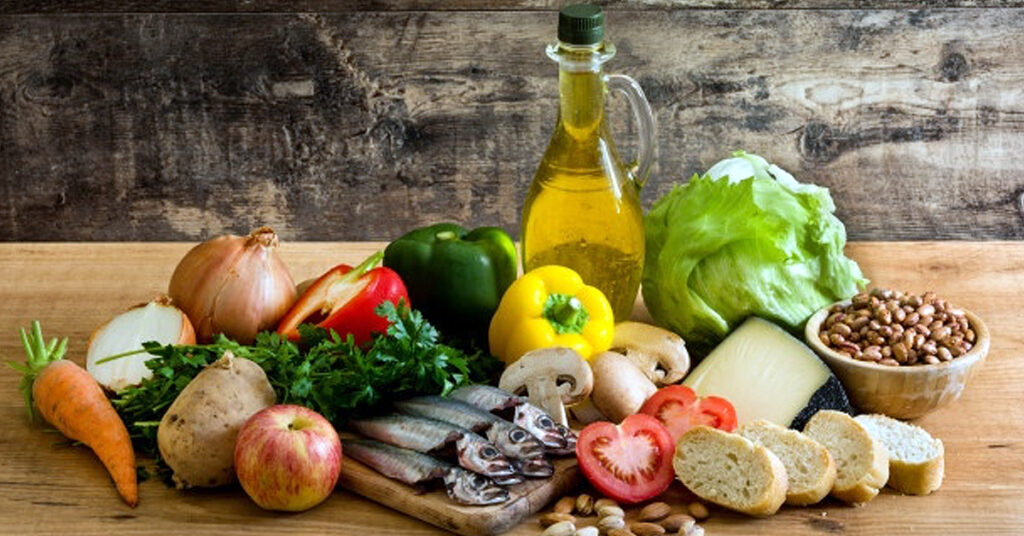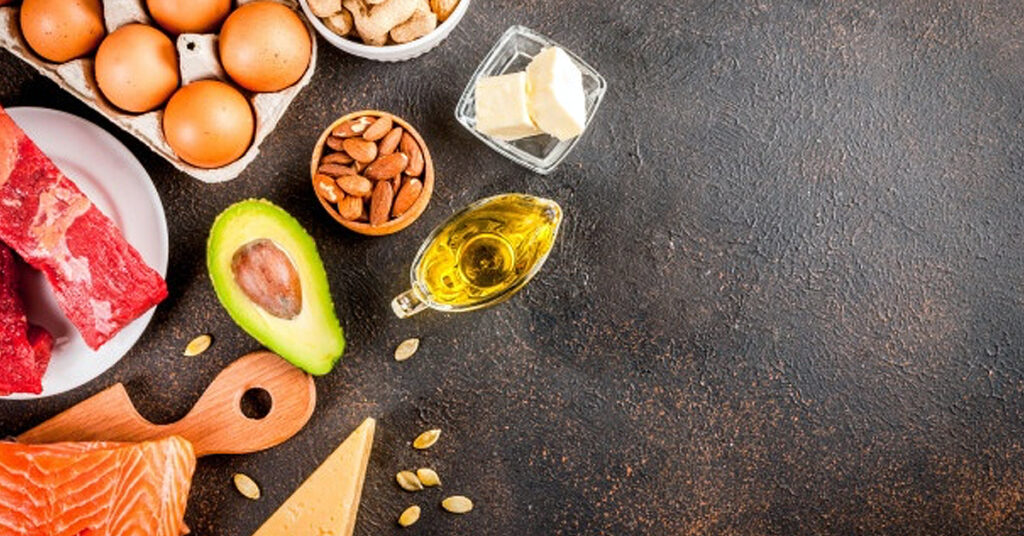Fats are almost always talked about from a negative point of view, leaving out important aspects, such as the fact that fat is an important nutrient for energy.
Although fats are one of the main sources of energy for the human body, they should not be consumed in excess because they can cause medical problems.
Like everything else, no excesses and you are sure to win.
Learn all about fats, the types into which they are classified, the ideal types of fat for intake, the fats that should be moderated and how to maintain a balanced fat intake.
what are fats?

Fats are organic substances called lipids, which are obtained through the union of acylglycerides or esters of one, two or three fatty acids with glycerin molecules.
This union produces monoglycerides, diglycerides and triglycerides that form part of the organisms of living beings.
Types of existing fats

Depending on the amount and types of fatty acids that make up the fat, they are divided into several types of fats.
In addition, the number of double or triple bonds in the formula is another method of determining their type.
Saturated fats
Saturated fats are generated from saturated fatty acids. Some saturated fats are formed from fatty acids that have long chains of up to eight carbon atoms.
Examples of fatty acids with long carbon chains include palmitic acid, lauric acid and myristic acid.
Generally, the types of saturated fats based on these acids raise cholesterol levels. While other types of saturated fats based on acids such as stearic acid have neither negative nor positive effects.
Among the foods that make up this type of fat are peanuts, palm oil, cocoa butter, coconut oil, bacon and animal fats.
Unsaturated fats
Unsaturated fats are formed from fatty acids such as palmitoleic acid and oleic acid.
When unsaturated fats are subjected to room temperature they are in a liquid state and are what we know as corn, sunflower or olive oil.
Unsaturated fats are of great importance to the human body because of their reactions with plasma lipids.
Another importance of this type of fat is that they are necessary because they share the fatty acids that the body needs and cannot create on its own, so they are obtained through their consumption.
Unsaturated fats are divided into two subclassifications: polyunsaturated fats and monounsaturated fats.
Polyunsaturated fats
Polyunsaturated fats are fats that are formed from fatty acids of the omega-3 and omega-6 series.
The characteristics of polyunsaturated fats depend on the fatty acid that was the base during their formation.
The fatty acids of the omega 3 series help to lower plasma triglyceride levels.
Fatty acids of the omega 6 series contribute to the reduction of LDL and HDL lipoproteins.
Both fatty acids are found in some nuts, fish and oilseeds.
Monounsaturated fats
Like the other type of unsaturated fats, we find monounsaturated fats.
This type of fat is essential for the human body because of its ability to reduce levels of bad cholesterol, which is generated by LDL lipoproteins.
In addition, the consumption of foods high in monounsaturated fats increases the levels of HDL lipoproteins or good cholesterol.
Trans fats
Trans fats are a type of fat produced through the hydrogenation of vegetable oils . The hydrogenation of vegetable oils is handled under total hydrogenation and partial hydrogenation.
Using the total hydrogenation process, unsaturated fats are converted into saturated fats because their geometric isomerism is affected.
In the case of partial hydrogenation, part of the double bonds of the fatty acids are hydrogenated and the process can cause the position of the bonds in the chemical structure to change.
Trans fats should be consumed in strict moderation because they cause increases in LDL lipoprotein levels – better known as bad cholesterol – and triglycerides.
They also contribute to a rapid drop in HDL lipoprotein or good cholesterol levels.
Trans fats are contained in foods such as butter, vegetable shortening, margarine or any food made from these products.
They also include dressings, crackers, processed foods or cookies.
Another classification of fats

Fats have another type of classification, in addition to the well-known classification of fats into saturated, unsaturated and trans fats.
This new classification is made up of visible fats and invisible fats, which are part of every person’s diet.
Visible
Visible fats are those that are used during the cooking process or added to some products as a condiment.
Some examples of visible fats are when oil is used in a frying pan to prevent food from burning or sticking to its walls.
Another example is when olive oil is used to season salads and enhance the flavor of the ingredients.
Invisible
Invisible fatsare the fats contained in foods of their natural origin such as dairy products, the fat contained in meats and some nuts.
They are also found in foods to which they are added when they are processed as snacks or processed foods.
Foods as sources of fats

Foods are a great source of nutritional properties, including fats.
Food products that provide saturated fats are those composed of animal fats (sausages, dairy products and meats), bakery products, chocolate and oils such as coconut or palmoil.
On the other hand, foods containing monounsaturated fats are avocado, olives, nuts and oils such as olive, rapeseed or soybean oil.
Another type of fat is trans fats, which are contained in industrial fried snacks, margarines or industrial bakery products.
Finally, there are products containing polyunsaturated fats. This series of foods is composed of fish, nuts and oils produced from seeds.
what fats can be eaten?

As there are different types of fats in each food, it is important to know the effects they have on our organism.
Although some fats have better effects on the human body than others, it is necessary to remember that they should not be consumed in excess.
So, take note of the fats that have positive impacts on your health and those that you should consume with caution.
Unhealthy fats
Unhealthy fats are made up of two types: trans fats and saturated fats.
Trans fats are hazardous to health because they increase the levels of LDL cholesterol (bad cholesterol), triglycerides and total cholesterol content in the blood.
The other type of harmful fats are saturated fats, which rapidly raise HDL or good cholesterol levels and LDL or bad cholesterol levels.
Frequent consumption of both fats increases the likelihood of cardiovascular disease.
Fats that are safe to consume
The fats whose consumption does not cause harm – in principle, due to their origin – are unsaturated fats and their constituent types.
The consumption of monounsaturated fats brings great benefits to the organism such as the improvement of total cholesterol levels in the blood and the reduction of the probabilities of suffering from cardiovascular diseases or diabetes.
On the other hand, polyunsaturated fats prevent the appearance of heart disease or diseases that affect the arteries. They also reduce the risk of type 2 diabetes and improve blood cholesterol levels.
Tips for balancing fat consumption
To have a balance in the consumption of the three types of fat and to lead a healthy life, take note of each tip.
- Try to progressively replace foods containing saturated or trans fats with products containing unsaturated fats.
- Buy lean meat and skinless poultry. If you buy whole pieces, be sure to trim off any fat and skin.
- Avoid solid fats such as lard or butter for cooking. Use alternatives such as seed-based oils.
- Check that the products you buy do not contain in their ingredients or nutritional values the components of “trans fats” or “hydrogenated food”.
- Design a diet in which you eat fish at least three days a week to ingest omega-3.
- Replace processed and industrial snacks with healthier options such as fruits and vegetables
At Monouso, we have products adapted to your fatty food intake. We can provide you with products to contain them such as containers or jars, or even products to consume your food. All our elements are non-stick and waterproof, which means they are greaseproof and stainproof

